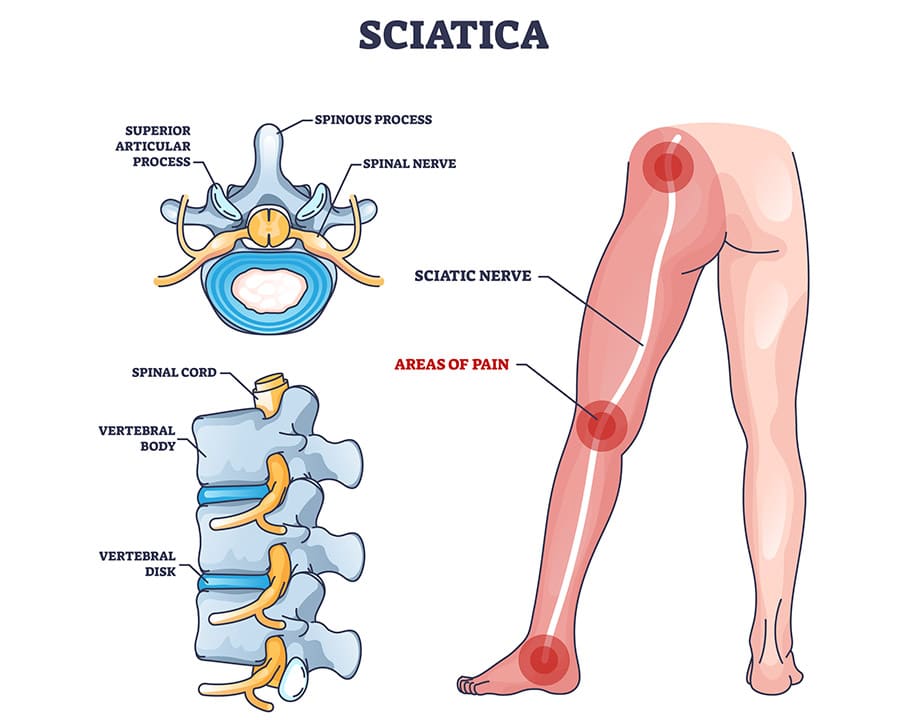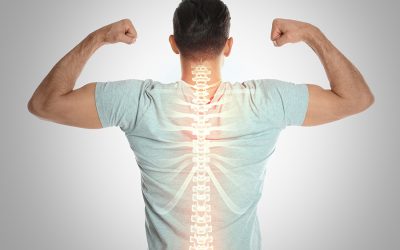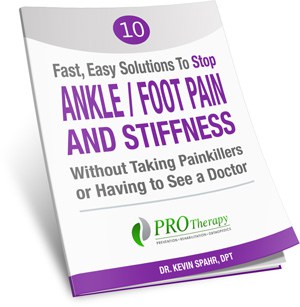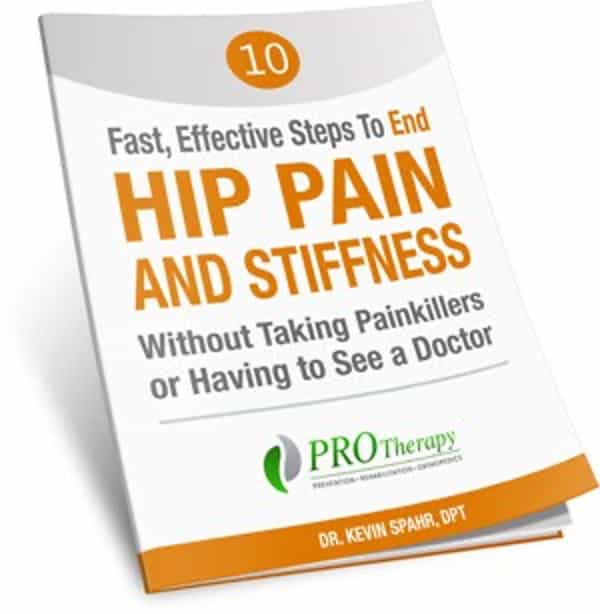Sciatica and back pain often go hand in hand causing discomfort and limiting mobility. Initially it can be difficult to determine whether your problem is sciatica or low back pain. Many University Hospitals have verified that sciatica and low back pain are distinct conditions.
These two conditions are easily confused because they share many of the same symptoms. Both conditions can occur when the nerves are irritated or pinched. These conditions can present with mild or severe pain and become more frequent as you age. Both can either become chronic and limit your daily routine or resolve quickly.
 Understanding Sciatica and Back Pain
Understanding Sciatica and Back Pain
The Sciatica nerve is the longest nerve in the body. It will present with a specific type of pain that radiates in the lower back, buttock and down the leg and foot. This pain can result from various factors including herniated discs, spinal stenosis, or muscle spasms, and it typically occurs on one side of the body.
Back pain on the other hand can present with a wide range of symptoms and is often misunderstood. Back pain can occur from an injury to the bone structure, muscle strain, poor posture or nerves that run along the spine. It can range from mild discomfort to severe pain that interferes with daily activities.
The Connection Between Sciatica and Back Pain
Many cases of sciatica stem from back pain. When a herniated disc or other spinal condition puts pressure on the sciatic nerve it often leads to both back pain and sciatica. The pain may be more intense in the leg but can also cause significant discomfort in the lower back.
Back pain in some cases may precede sciatica. For instance, a muscle strain in the lower back can lead to inflammation and pain. If this inflammation affects the sciatic nerve, it can cause sciatica to develop.
What is Sciatica, and What are the Symptons?
Sciatica is a condition characterized by pain that radiates down the leg from the lower back. This pain is often described as a shooting, stabbing, or burning pain. It can also be accompanied by numbness, tingling, or weakness in the leg.There are two types of sciatica namely true sciatica that is a condition or injury affecting your sciatic nerve.
The second is sciatica-like conditions, that feel like sciatica but occur for other reasons related to the nerves that bundle together or to the sciatic nerve.Pain is the primary symptom that ranges from a mild ache to a sharp, shooting pain. You may experience numbness or tingling sensations and muscle weakness in the affected leg or foot. In severe cases sciatica can make walking difficult or even impossible.
A more severe symptom is muscle weakness whereby the muscle command signals have trouble reaching their destination in the back or legs. A very severe symptom is urinary or fecal incontinence. This means that the signals that control the bladder and bowels are not reaching their destinations in time.
Some of the Common Causes of Sciatica
A herniated disc that occurs when the soft jelly-like center of a spinal disc bulges out and presses on the nerve. Spinal stenosis is another cause that occurs when the spinal canal narrows and puts pressure on the nerve root. With age degenerative disc disease can occur and can lead to nerve compression and disc degeneration.
Another cause is piriformis syndrome that occurs when the piriformis muscle, located in the buttock becomes tight or inflamed and presses on the sciatic nerve. Trauma or a back injury can damage the sciatic nerve or surrounding structures. Spondylolisthesis is a condition in which one of the vertebrae slips forward over another vertebrae, causing pressure on the nerve.
 What is the Link Between Sciatica and Back Pain?
What is the Link Between Sciatica and Back Pain?
Sciatica primarily affects the lower back, buttocks and down one of the legs. It is typically caused by compression or irritation of the sciatic nerve due to piriformis syndrome, spinal stenosis or a herniated disc. The symptoms include numbness or tingling, radiating pain or weakness in the affected leg.
Back pain is located in the back and not in the leg and can occur anywhere along the spine. Various factors such as ligament strain, spinal disc problems, muscle strain or arthritis can cause back pain. Symptoms include stiffness, localized pain in the back and limited range of motion.
In essence, sciatica is a specific type of back pain that involves the sciatic nerve. While back pain can be a general term for any discomfort in the spine. Sciatica refers to a more targeted pain pattern.
What are the Primary Risk Factors of Sciatica
Obesity- Excess weight can add an extra strain on the spine, leading to sciatica.
Occupation – Jobs that involve heavy lifting, prolonged sitting, or repetitive back movements can increase the risk.
Diabetes Type 2 – People with diabetes are more likely to develop nerve damage, including sciatica.
Pregnancy – The weight of a growing fetus can put pressure on the sciatic nerve.
Herniated disc – A herniated disc can compress the sciatic nerve.
Spinal stenosis – This condition occurs when the spinal canal narrows, putting pressure on the sciatic nerve.
Piriformis syndrome – A muscle spasm in the piriformis muscle can compress the sciatic nerve.
What Happens with Sciatica Complications
Sciatica in most cases will resolve on its own. However, complications can arise if it is left untreated over time. Permanent nerve damage and chronic pain can result from untreated sciatica. It can also lead to muscle weakness, loss of sensation, and in rare cases severe sciatica can lead to bowel and bladder dysfunction.
If you are experiencing sciatica, it’s important to consult with a healthcare professional for proper diagnosis and treatment. Early intervention can often help alleviate symptoms and prevent untreated complications.
How to Get Treatment for Sciatica
Depending on the cause or severity, sciatica usually resolves with self treatment. During the first few days ice packs applied to the area help reduce pain and swelling. After a few days of applying ice packs, switch to a heating pad. If still in pain, alternate between cold and hot packs for 20 minutes at a time.
Over the counter medications reduce the pain, swelling and inflammation. Doing exercises and stretching with an experienced instructor can be a major help. If after a few weeks your self-care treatments do not work, consult with a healthcare provider.
If your symptoms are severe, conservative treatment options such as painkillers and muscle relaxants may also help nerve based or chronic pain. Physical therapy treatment decreases sciatic pain and reduces pressure on the nerve. Spinal injections like corticosteroids can provide short term relief from pain and discomfort.
Alternative Therapies have Gained Popularity
They include yoga, chiropractic spinal adjustments, acupuncture and possibly even Shockwave Therapy. Muscle spasms can be alleviated with massage therapy which can also help relieve stress and manage pain.
For severe persistent sciatica, surgery may be the best option. Healthcare providers usually recommend surgery when there is imminent nerve damage. If chronic pain prevents you from working or if symptoms don’t improve, you should seek professional medical care.
Your life can be disrupted in many ways with sciatica pain in your back, butt and legs. If you’re experiencing sciatica or back pain, it’s important to consult with a healthcare professional for a proper diagnosis and treatment plan. In most instances you can self -treat or choose alternative therapies.
By understanding the connection between these conditions, you can take positive steps to manage your symptoms and improve your quality of life.
- Physical Therapy Programs for ACL Tear Recovery (And Prevention) - December 17, 2025
- Top Questions Women Ask About Pelvic Pain (But Are Too Afraid to Ask) - December 12, 2025
- Treating and Avoiding Hockey Injuries with Physical Therapy - November 26, 2025









